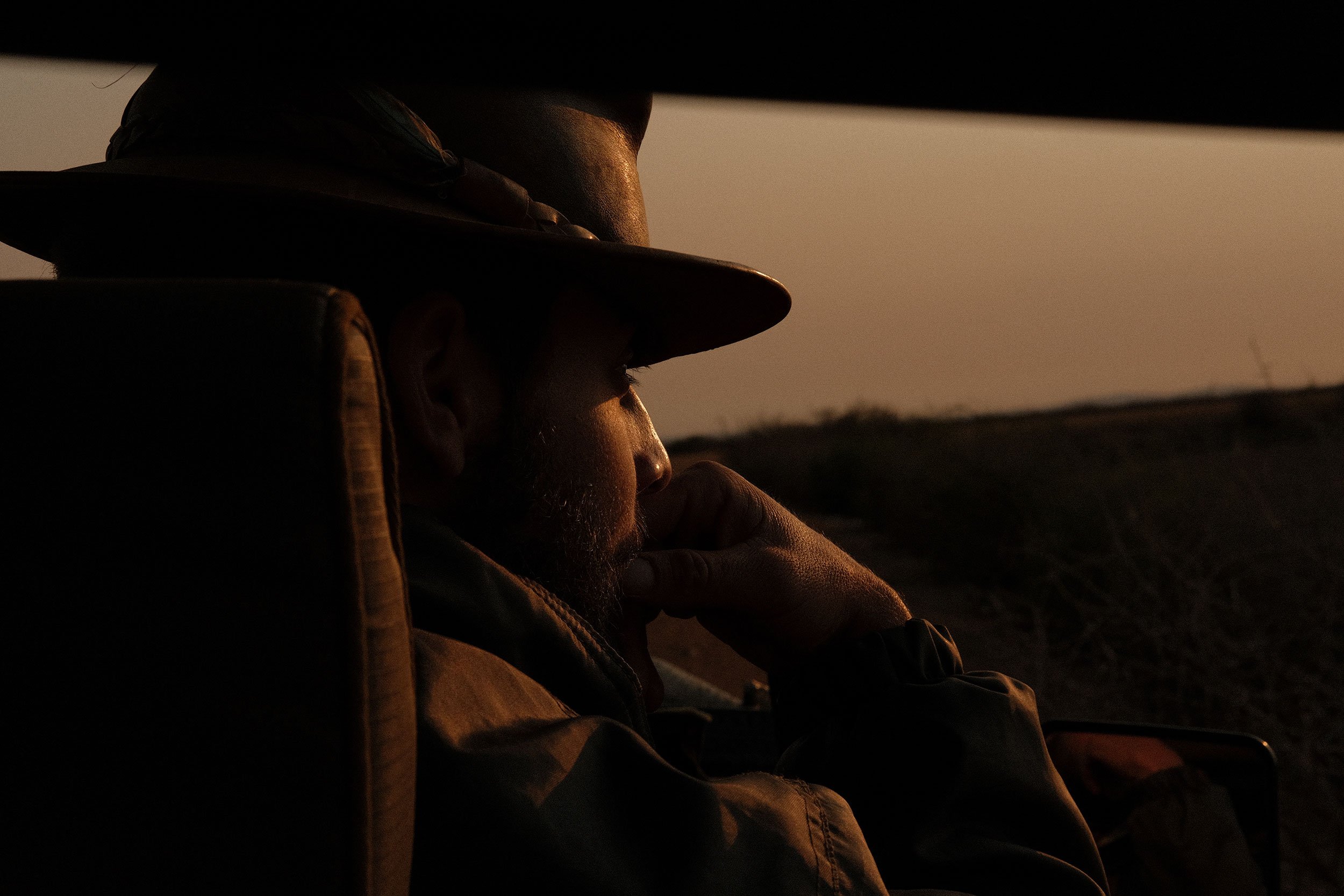South Africa: The Gear I Used Most
Our Field Guide, Willem
It was weeks before I had to depart for Madikwe in South Africa. I had Evernote open, and I was reviewing my packing list. I had a “Camera Stuff to Bring” portion on that list that appeared rather lengthy. Is this too much for one backpack? There is no way this is all going to fit. I also had another physical list beside my packing. I thought this was the best way to remember everything, and with two weeks to go, I had plenty of time to revise as needed.
Packing anything camera-related in checked baggage is never recommended. I had no plans to check my bag, but there is always a chance that they may need to check if there is no space in the overhead. This happens relatively often, and I wasn’t going to chance to have anything I needed not in sight at any time. Everything of necessity was going in my Thule backpack.
Here is what I had in my bag:
Canon 5D Mark II with 2 batteries
Canon 24-105mm f/4L
Canon 70-200mm f/4L
Fujifilm X-E4 with 2 batteries
35mm f/2 and K&F Concept 43mm Polarizing Filter
4 x SD Cards (3 x 128GB, 1 x 64GB)
Compact Flash Cards (1 x 32GB, 1 x 16GB, 1 x 8GB, multiple smaller cards just in case)
GoPro with 3 batteries
MacBook
1TB WD Portable Hard Drive
What I Used Most
Canon 5D Mark II with 70-200mm f/4L
I had two cameras and used the Canon 5D Mark II the most as I benefited from the attached 70-200mm zoom. As an f/4 lens with no image stabilization, I had to have a steady hand. I had to bump the ISO to at least 640 to get a shutter speed that I was comfortable with to maintain focus and sharpness. Increasing ISO increases the amount of noise, but I wasn’t worried as I’m familiar with how the Mark II handles the noise it produces at different ISOs and 640+ with sufficient light was nothing to worry about.
Fujifilm X-E4 with 35mm f/2 K&F Concept 43mm Polarizing Filter
My other camera, the Fujifilm X-E4, was used primarily for detail and establishing shots. The X-E4 with the 35mm f/2 is a great combination and was perfect for this application. I also used the Kodachrome film simulation, capturing both RAW + JPEG. I adore the Kodachrome recipe but wanted to capture both file types in the instance that I wanted to take the treatment of the photos another way. Fortunately, the JPEGs were what I was hoping for, and I didn’t end up using any of the RAWs as final photos.
I also used the polarizing filter with the X-E4 for the duration of the trip, but there was a time when I thought I lost the filter. I’m unsure how long I was shooting without it, but it couldn’t have been more than a few dozen shots. Our field guide, Alasdair, found it in our jeep, which was on my seat that following day. The X-E4 was incredibly convenient as it was small, and I could flip the screen to get lower-angle shots. The X-E4 produces photos that are not possible for me to get with the Canon.
In addition, I also used the X-E4 for video, which until now I haven’t done before.
GoPro Hero 9
GoPros are compact, super durable, and a terrific option for capturing video. With the terrain I was in, it was perfect. The stabilization of the GoPro Hero 9 made it an invaluable item on this trip, as it provided exceptional video when bouncing around in the jeep. I’m never worried about damaging it. I’m continually amazed at the quality this little device can capture.
What I Did Not Need
There were a few items I was surprised that I never needed. First would be multiple SD and Compact Flash cards. I was going to include them as they weigh practically nothing and take up minimal space, but for the entire time, I only used one 128GB SD card with the X-E4, one 32GB Compact Flash card with the 5D Mark II, and one 128GB micro SD card with the GoPro. I thought I would fill at least one card for each camera, especially since I was taking video, but I never did.
The most cumbersome item I brought that I never used was the 24-105mm; I could have saved the space and weight by leaving it at home. I left it in our room after the first day. I had it because the 24-105mm is my go-to lens and the one I use most with the Canon. I also did not want to be limited to only the 70-200mm, but I realized quickly that when using the combination of both cameras (the 35mm of the X-E4 and the 70-200mm of the Mark II) it was all I needed to capture how I wanted. I didn’t have to worry about changing lenses. The 24-105mm would have put me in an odd middle-ground range.
Conclusion
Anticipating what gear to bring with me for a safari was a challenge. It was an environment that was new to me. I was pleased that most of what ended up in my backpack went to use. In conclusion, everything worked out, and I’m delighted with the results and happy with the camera gear I chose to bring to South Africa.
